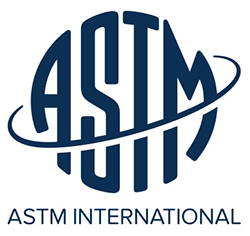ASTM Full Form | What is American Society for Testing and Materials
What is the full form of ASTM
ASTM: American Society for Testing and Materials
ASTM stands for American Society for Testing and Materials. At present, it is known as ASTM International (ASTM). It is an international standards organization that develops and publishes consensus standards and is one of the world's largest international standards developing organizations.

ASTM was established in 1898 by the name of American Section of the International Association for Testing Materials. It is headquartered in West Conshohocken, Pennsylvania. Furthermore, it came into existence before many other standards organizations such as the BSI (1901), IEC (1906), DIN (1917), ANSI (1981), AFNOR (1926), and ISO (1947).
Furthermore, it has a committee of relevant industry professionals who meet regularly in an open and transparent process to develop ASTM standards for a wide range of materials, products, and services, and more.
Today, it has over 12,000 ASTM standards, which are used globally. These standards are meant to improve the lives of people as they are combined with innovative business services of ASTM. Thus, it enhances performance and helps people buy and use products with confidence.
ASTM International Standards are divided into six categories:
ASTM International Standards are divided into six categories:- Standard Specification: It lists the requirements to be satisfied by the subject of the standard.
- Standard Test Method: It outlines the way a test should be performed.
- Standard Practice: It defines a sequence of operations, which does not give a result like a test.
- Standard Guide: It provides organized information or options. However, it does not suggest a specific course of action.
- Standard Classification: It refers to an arrangement of materials, products, systems, or services into groups based on similar features such as origin, composition, properties, etc.